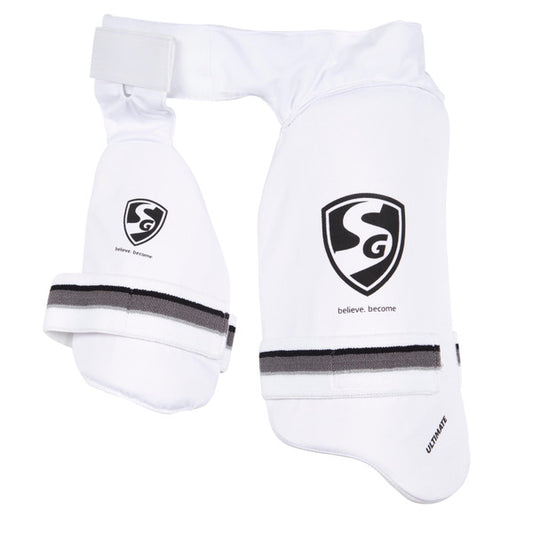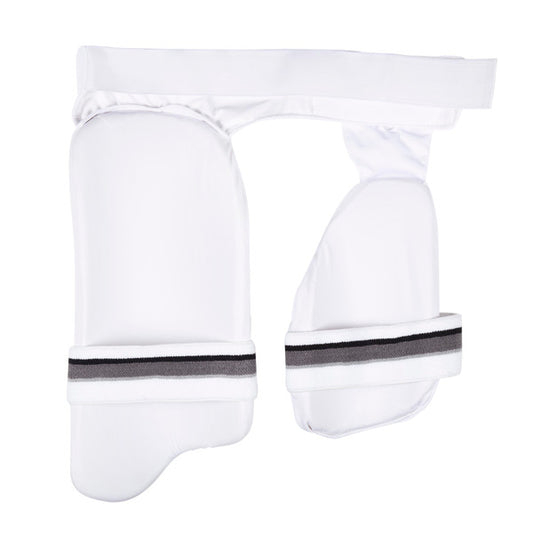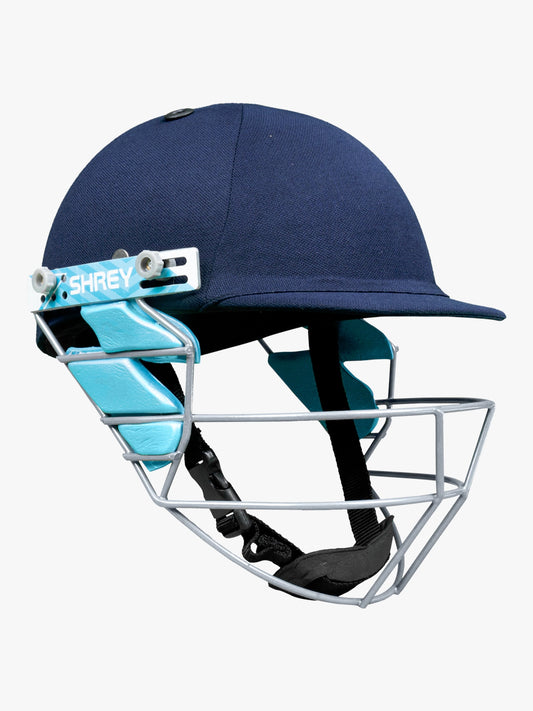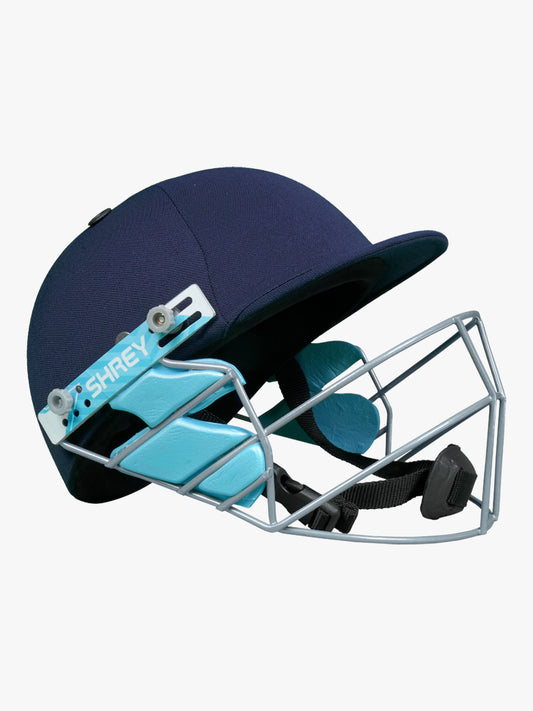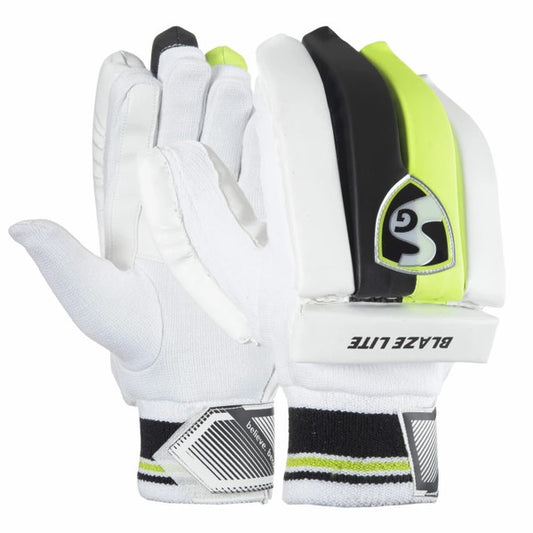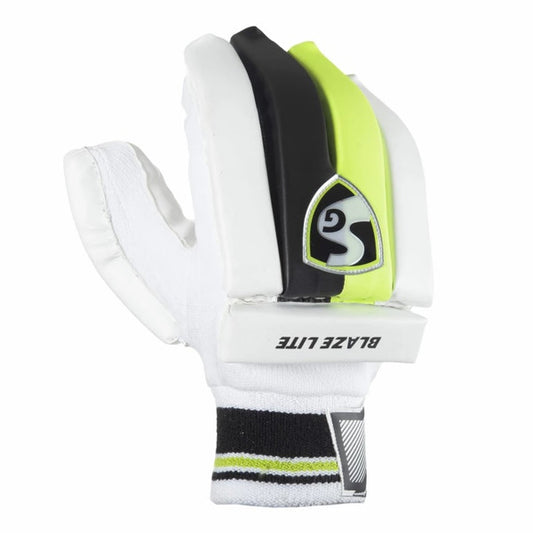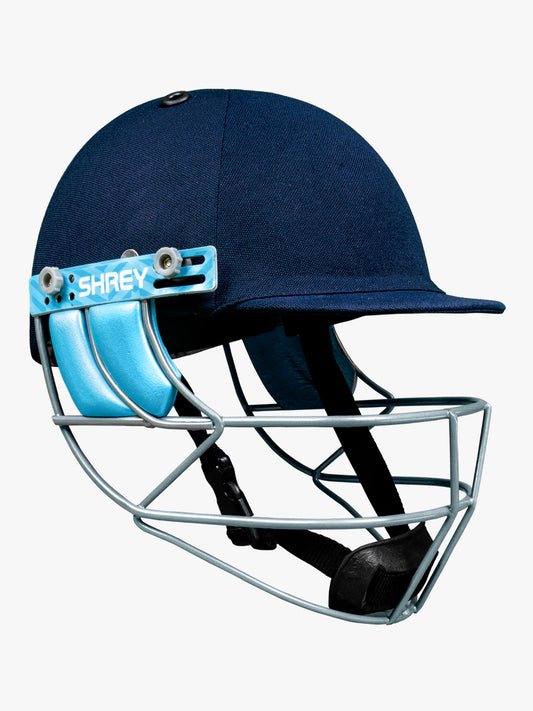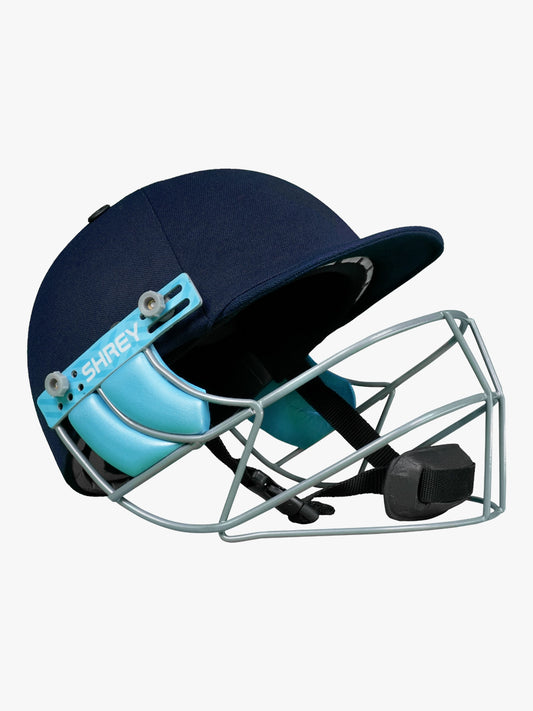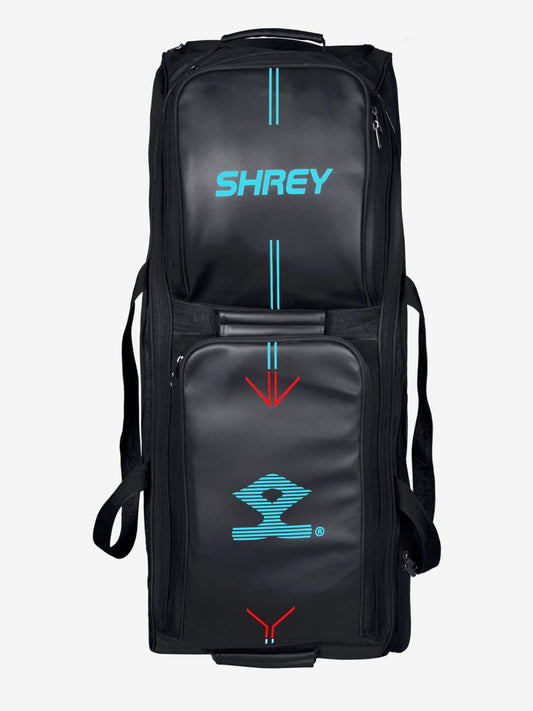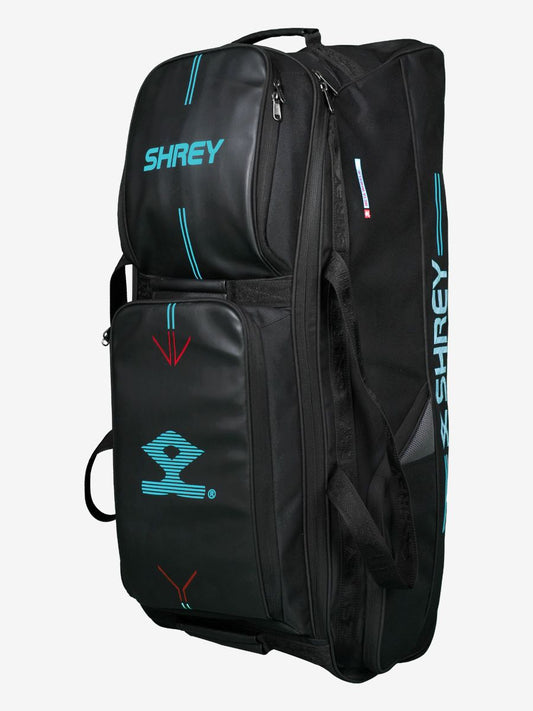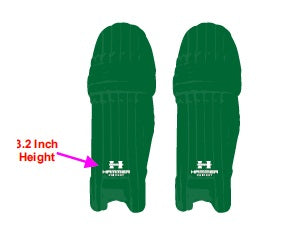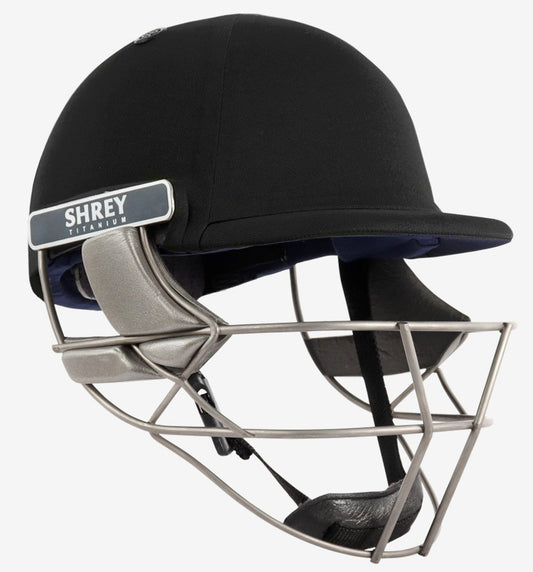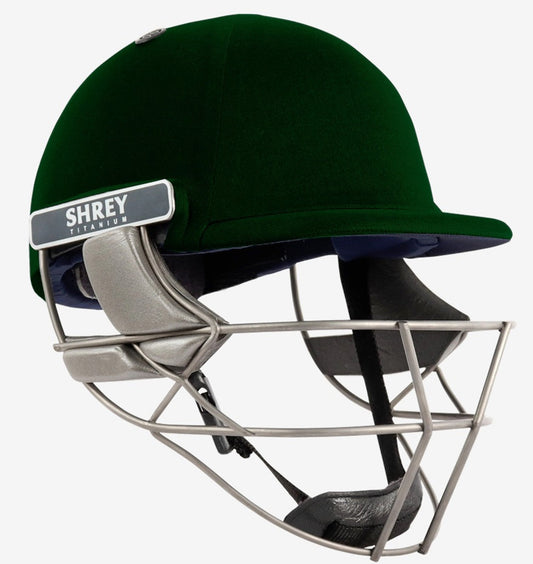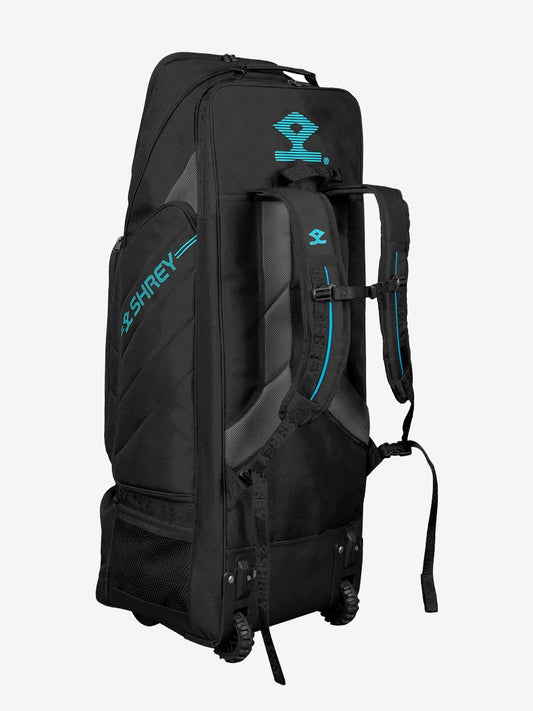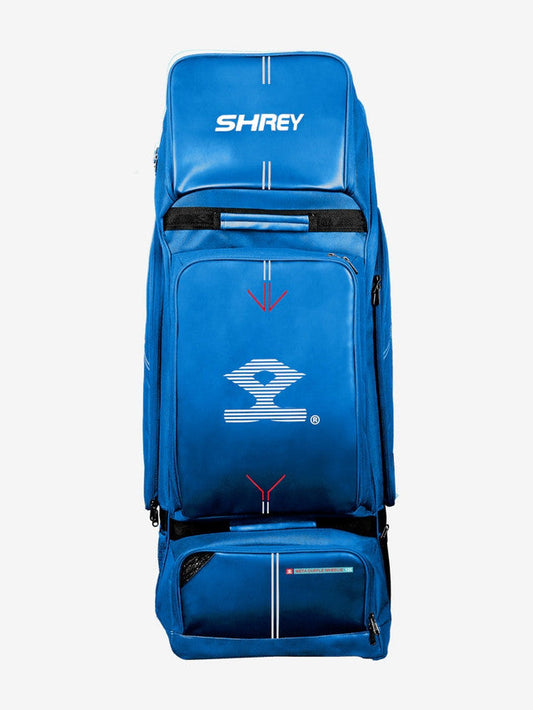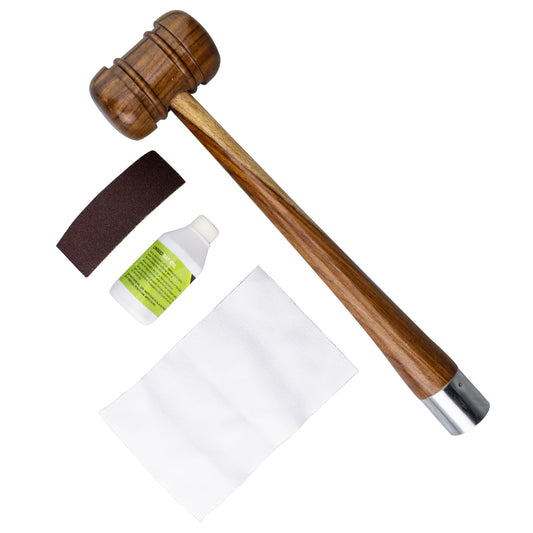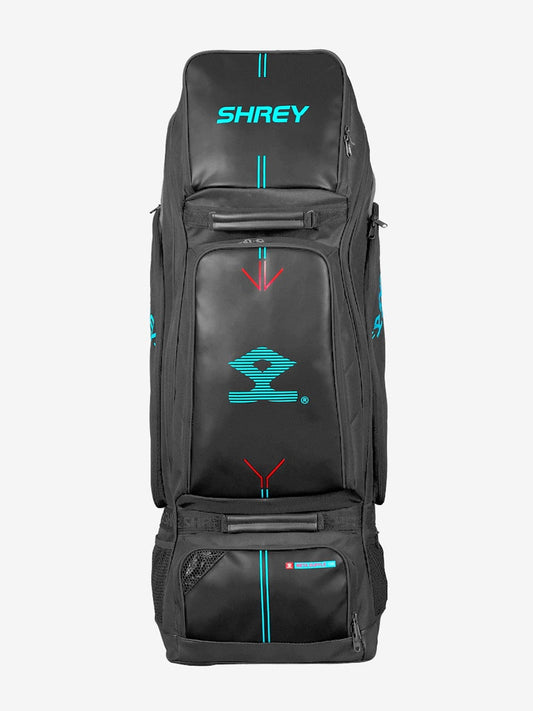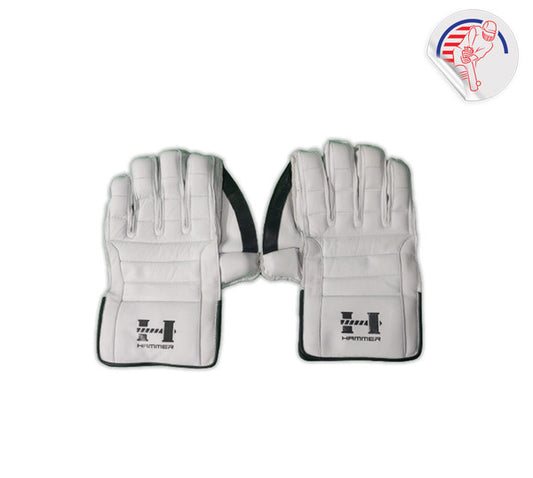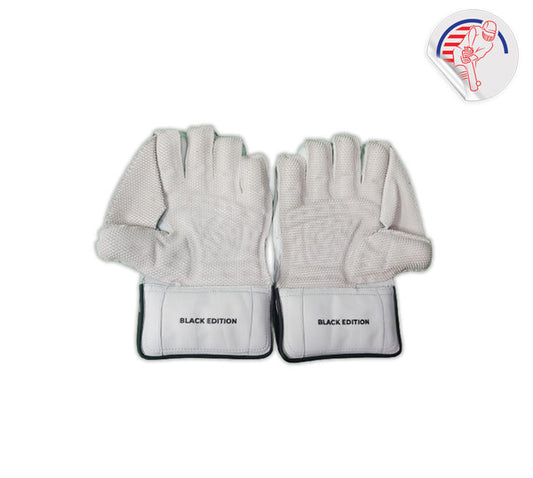Cricket Protection
Cricket protection is performance insurance. Whether behind the stumps, facing short-pitched pace, or patrolling the boundary, the proper protective equipment helps you stay confident, focused, and ready for anything. From gloves and helmets to thigh guards and chest protectors, today’s gear is smarter, lighter, and more comfortable than ever. Knowing how to choose and care for your protection could be the difference between sitting out and staying in the game.
-
SG Combo Ultimate Thigh Guard
Save 0%Regular price $44.99Regular priceUnit price / per$44.99Sale price $44.99 -
Shrey Star 2.0 Steel Cricket Helmet
Save 31%Regular price $37.75Regular priceUnit price / per$37.79Sale price $37.75Sale -
SG Blaze Lite Batting Gloves
Save 20%Regular price $19.99Regular priceUnit price / per$24.99Sale price $19.99Sale -
Shrey Match 3.0 Steel Cricket Helmet
Save 28%Regular price $42.75Regular priceUnit price / per$42.79Sale price $42.75Sale -
Shrey Meta 120 Wheelie Cricket Bag - Black
Save 21%Regular price $93.79Regular priceUnit price / per$119.99Sale price $93.79Sold out -
Hammer Batting Pad Covers- COLOR
Save 5%Regular price $18.99Regular priceUnit price / per$19.99Sale price $18.99Sale -
Shrey Pro Guard AIR Titanium Cricket Helmet
Save 24%Regular price $150.64Regular priceUnit price / per$150.79Sale price $150.64Sale -
SG Shield Batting Gloves 2023
Save 20%Regular price $19.99Regular priceUnit price / per$24.99Sale price $19.99Sale -
Shrey Meta 120 Duffle Wheelie Cricket Bag - Black
Save 17%Regular price $140.79Regular priceUnit price / per$169.99Sale price $140.79Sale -
Shrey Meta 120 Duffle Wheelie Cricket Bag - Steel Blue
Save 17%Regular price $140.79Regular priceUnit price / per$169.99Sale price $140.79Sale -
Kookaburra Bat Care Kit
Save 10%Regular price $26.99Regular priceUnit price / per$29.99Sale price $26.99Sale -
Shrey Meta 100 Duffle Cricket Bag - Black
Save 21%Regular price $93.79Regular priceUnit price / per$119.99Sale price $93.79Sale -
SG Prosoft Batting Gloves
Save 8%Regular price $54.99Regular priceUnit price / per$59.99Sale price $54.99Sale -
Hammer Black Edition Wicket Keeping Gloves
Save 21%Regular price $109.99Regular priceUnit price / per$139.99Sale price $109.99Sale -
SG Wrist Guard- 5 Inch
Save 11%Regular price $7.99Regular priceUnit price / per$8.99Sale price $7.99Sold out -
Shrey PRO Wheelie Cricket Kit Bag- Navy & Grey
Save 29%Regular price $70.79Regular priceUnit price / per$99.99Sale price $70.79Sold out
Types Of Cricket Protective Equipment
Understanding the right cricket protection is key to feeling confident and safe. Let’s break down the main types of protective gear you should be familiar with, whether you’re new to the game or a seasoned player.
1. Helmet
Arguably the most crucial item, cricket helmets are designed to safeguard your head and face from fast deliveries and unexpected bouncers. Look for helmets with a robust grille, ample padding, and a snug, comfortable fit.
2.Batting Pads
Batting pads shield your legs from high-speed balls, particularly the shins and knees. Comfort, weight, and protection level are essential—ensure the pads stay secure and don’t restrict your movement at the crease.
3. Batting Gloves
Your hands are vulnerable when gripping the bat. High-quality gloves offer reinforced finger protection, impact absorption, and a flexible grip. Features like extra padding on the lead hand and breathable materials enhance comfort and safety.
4. Thigh Guards, Arm Guards, And Chest Guards
Modern cricket sees bowlers clocking serious speeds, making additional protection for thighs, forearms, and chest increasingly common. These pieces are lightweight and ergonomic, built to move with you without hindering agility.
5. Abdominal Guard (Box)
The abdominal guard is non-negotiable for any batter or wicketkeeper. It protects against potentially dangerous blows. It should fit snugly and stay in place throughout your innings.
6. Wicketkeeping Equipment
Wicketkeepers require their own gear—padded gloves for catching, inner gloves for sweat absorption, and sometimes special wicketkeeping pads. These are tailored to absorb the repetitive impacts unique to the position.
Gear up with cricket protection that works as hard as you do. At Cricket Store Online, we stock top-quality helmets, pads, gloves, and guards built for performance, comfort, and confidence. Whether you’re facing quicks or charging in from cover, your safety matters. Shop now and step out with the protection trusted by players across the USA.
The Role Of Thigh Guards And Inner Guards
When you step onto the pitch, leg protection—specifically thigh guards and inner guards—plays a vital role in shaping your confidence and performance. This equipment is essential for every cricketer, regardless of level.
Thigh Guards: First Line Of Defense
Thigh guards are engineered to shield the upper legs from blistering deliveries, whether you’re facing fast, bouncy seamers or spin that occasionally misbehaves. Built with multi-layered foam or reinforced plastic, they absorb and disperse impact so you can focus on your shot selection, not the sting of a rising delivery.
Inner Guards: Closing The Gaps
Inner guards, worn on the leg with the pad, provide an extra barrier for areas most exposed during play, typically the inside thigh and groin. They complement your main pads, covering vulnerabilities that traditional gear can leave exposed. In a game where millimeters matter, they add peace of mind with every ball.
Confidence In Movement And Shot Execution
Ensuring that your joints and muscles are covered lets you rise into your cover drive or dig out a yorker with zero hesitation. Protection doesn’t just prevent injury—it frees you to play instinctively and aggressively without second-guessing movement.
Custom Fit For All Levels
Cricket protection isn’t a one-size-fits-all solution. Thigh and inner guards come in multiple sizes, weights, and configurations to suit your level and style of play. Youth cricketers benefit from lightweight, adjustable options, while seasoned players lean toward slimmer, contoured guards that slide easily beneath whites.
An Investment In Long-Term Performance
No matter where you are in your cricket journey, understanding and integrating this protection into your kit is a long-term investment in confidence, consistency, and peak performance.

Maintaining And Caring For Your Protective Equipment
Excellent cricket protection is an investment in your confidence and safety at the crease. To ensure your gear performs at its best—whether you’re padding up for a casual net session or stepping out in a high-stakes match—it’s crucial to maintain and care for your protective equipment properly.
- Post-Session Cleaning Routine: After every match or net session, wipe down your pads, gloves, and helmet with a dry, clean cloth. Moisture and sweat can cause materials to break down and develop odours, so let your gear air-dry in a shaded, ventilated area—never in direct sunlight.
- Avoid Heat & Sun Exposure: Extreme heat can warp plastics, damage adhesives, and dry out leather. Always dry your equipment in a cool space. Avoid leaving it in hot car trunks or outside in the sun for long periods.
- Regular Equipment Inspections: Check your gear frequently for signs of wear, such as loose stitching, compressed padding, or small cracks in helmets. Addressing issues early allows for timely repairs or replacements before safety becomes a concern.
- Care For Leather Surfaces: Leather gloves and pads benefit from occasional conditioning. Use a leather conditioner to preserve flexibility, prevent cracking, and extend the life of the protective materials.
- Keep Fastenings Functional: Regularly clean velcro straps, buckles, and adjustment tabs. Remove lint or dirt that may affect their grip or locking ability, and replace parts like chin straps or clasps if they become faulty.
- Helmet Maintenance Is Key: Make sure your helmet’s size adjustment system is smooth and secure. If any internal padding or shell elements are worn or damaged, follow manufacturer's instructions to replace them safely.
- Smart Storage Habits: Keep your cricket bag clean and organized. To prevent damage, avoid mixing protective gear with muddy shoes or damp clothes. Use internal compartments to keep each piece in top condition between games.
Wicket-Keeping Protection Essentials
Wicket-keeping is one of the most demanding roles on the cricket field, blending lightning-fast reflexes with unwavering concentration. Protection is daily armor against the unexpected edge or awkward bounce. As you crouch behind the stumps, every piece of gear becomes a crucial ally.
Wicket-Keeping Gloves
Start with wicket-keeping gloves, engineered for flexibility and impact absorption. Modern gloves feature reinforced finger ends, cushioned palm padding, and webbing between the thumb and index finger—all designed to shield your hands from sharp nicks and rapid deliveries.
Inners For Grip And Comfort
Equally important are inners: cotton or padded gloves worn beneath the main gloves to reduce impact and wick away sweat, keeping your grip secure throughout long innings. They enhance comfort and prevent blisters, especially during long spells behind the stumps.
Lightweight Pads For Quick Movement
A wicket-keeper’s pads are significantly lighter and more contoured than batting pads, allowing for swift lateral movement. Look for pads with secure yet unobtrusive straps, extra knee padding, and a non-slip inner lining that stays in place during quick transitions.
Critical Protection For The Lower Body
Don’t overlook the importance of a robust abdominal guard (box), tailored for comfort with sufficient coverage. It offers protection against sudden impacts from deflections or awkward deliveries, making it a non-negotiable part of any keeper’s kit.
Essential Extra Padding For Young Players
For youth players especially, quality chest and thigh guards aren’t optional—they’re essential for protecting against errant balls or unexpected bounces. Properly fitted gear protects and boosts confidence, helping young keepers focus on improving their game.
Common Injuries In Cricket And How To Prevent Them
Cricket is a sport that demands agility, speed, and endurance—putting your body to the test with every sprint, dive, and delivery. But with that intensity comes the risk of injury, especially if you’re not equipped with the right cricket protection or precautions.
Finger And Hand Injuries
Fingers are particularly vulnerable—think split-second catches, hard-hit drives, or diving stops in the field. Even gloved hands aren’t immune. These injuries often manifest as fractures, dislocations, or bruising. Prevention starts with well-fitted gloves and consistent catching technique, with fielding drills that strengthen finger dexterity and quick reflexes.
Muscle Strains And Sprains
Cricket is unpredictable—you’re sprinting for a run one moment, twisting for a slog the next. Muscular injuries, particularly to the hamstrings, calves, or back, are frequent. A dynamic warm-up routine, regular stretching post-match, and core-strengthening exercises can make a difference, reducing the risk of a pulled muscle at a pivotal moment.
Impact Injuries
Fast bowlers know how menacing a hard cricket ball can be, especially if it connects with an unprotected shin, knee, or elbow. Batters are at similar risk from short-pitched deliveries. Guards for legs, arms, and torso are non-negotiable. Double-check your pads and guards before every innings to ensure complete coverage and a secure fit.
Head Injuries
Any level of the game can become dangerous with the errant bounce of a ball. From mild concussions to more severe trauma, the threat is real. Helmets equipped with robust faceguards are essential for both batters and close-in fielders. Always replace a helmet after a major impact—even slight structural damage can compromise safety.
Shoulder And Elbow Injuries
Bowlers, especially, put repetitive strain on their joints. Overuse can lead to conditions like rotator cuff tears or tennis elbow. Focus on proper bowling mechanics to protect your arm and gradually build up your workload. Rest days and ice baths after heavy sessions can help promote recovery and prevent long-term issues.
Cricket is a sport to be enjoyed for life—being proactive about protection lets you play your best while staying safe. Investing in the right equipment and paying attention to training routines are simple but effective ways to reduce risk and maximize your on-field performance.
Read also:
Frequently Asked Questions
How important is wearing a helmet in cricket?
Wearing a helmet is vital in cricket, regardless of age or skill level. The modern cricket ball can reach speeds that seriously injure even the most experienced players. Helmets provide critical protection for your head, face, and jaw—most vulnerable to high-speed impacts. At Cricket Store Online, we encourage you to make helmet use non-negotiable, whether facing pace or spinning.
What is cricket protection?
Cricket protection refers to the full range of equipment designed to safeguard players from injury on the field. This includes helmets, pads for legs and thighs, arm guards, gloves, chest guards, and even specialized gear for wicket-keepers. Effective cricket protection gives you the confidence to play your best and prioritize skill over worry.
How is a cricket helmet tested for safety?
Cricket helmets go through rigorous safety testing, including impact assessments to ensure the shell can withstand the force of a fast cricket ball. Certified brands must adhere to recognized safety standards like British Standard BS7928:2013. At Cricket Store Online, we offer helmets that meet or exceed these benchmarks, so you know you’re playing with gear that’s up to the task.
Can a cricket ball cause serious injury?
Absolutely. Even at amateur levels, a cricket ball can cause serious injuries such as concussions, fractures, or dental trauma. That’s why quality protection—especially for the head, hands, and legs—isn’t optional; it’s essential. We put safety first so you can focus on enjoying the game.
How do you choose the right size cricket helmet?
Getting the right fit is crucial for both comfort and safety. Measure the circumference of your head, just above your eyebrows, then match it to the size chart provided for your helmet of choice. The helmet should feel snug but not tight, and the grill should protect your face without limiting vision. Our team at Cricket Store Online is always ready to help you find that perfect fit, in-store or online.
Is a thigh guard necessary for batters?
Yes, thigh guards are more than a luxury—they’re a practical necessity for anyone facing a hard leather cricket ball. Proper thigh guards protect your upper legs from bruises, impact injuries, and painful blows. We carry a range of thigh guards designed for all playing styles and player builds to ensure you step up to the crease with the confidence you need.

